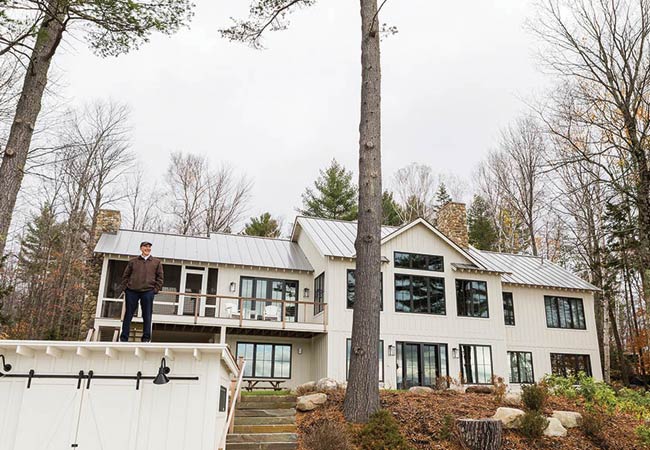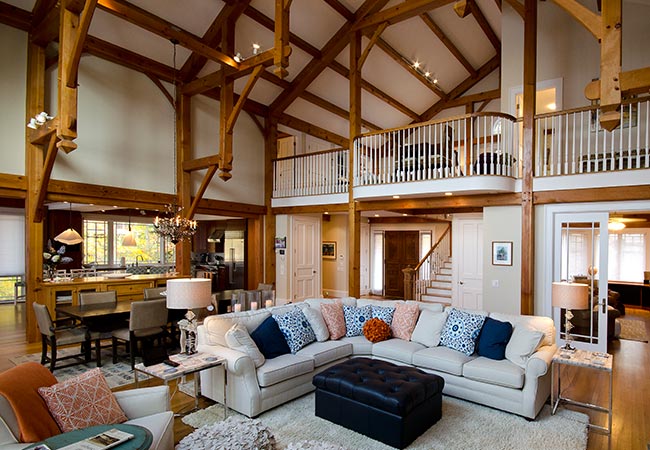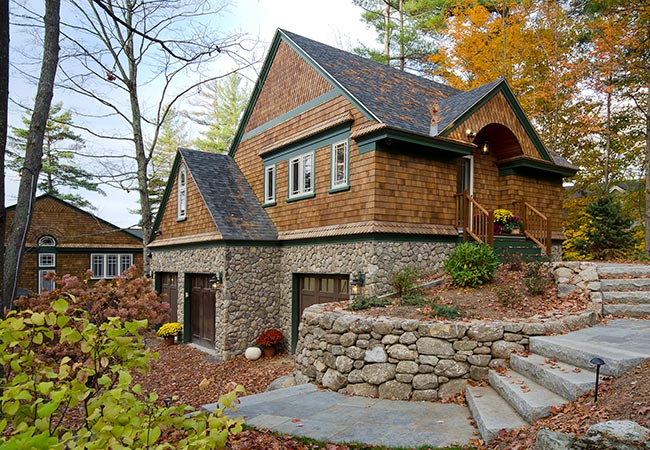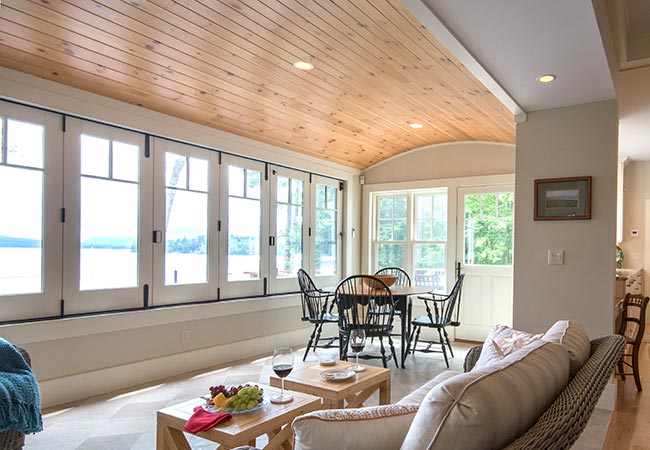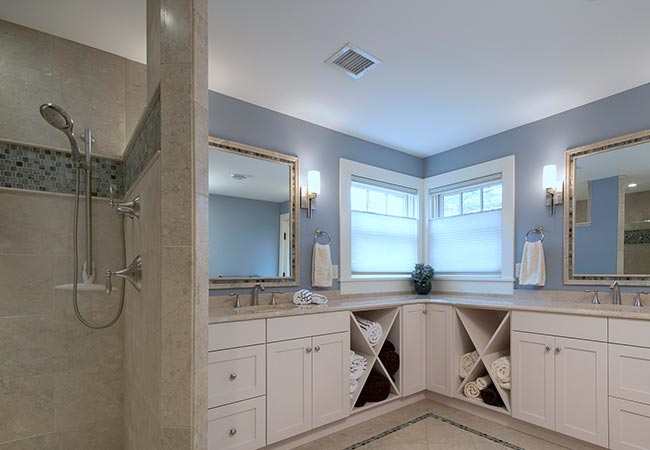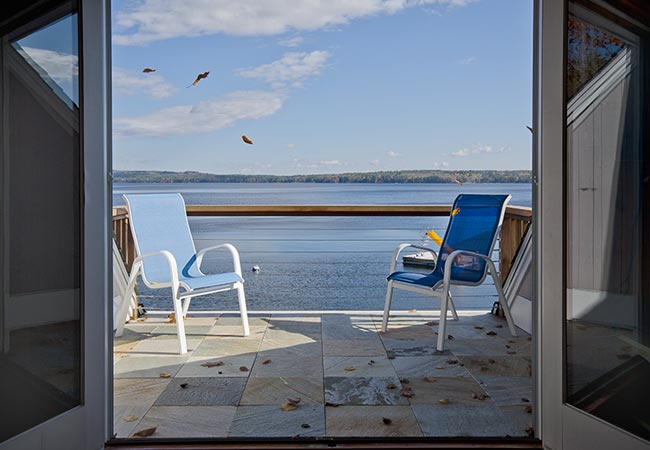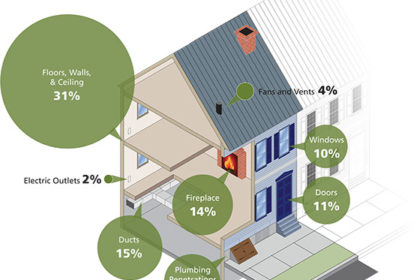
No — it’s a huge deal! Our customers often look confused when we address their insulation questions by bringing up air barriers and air leakage. I mean, “Why are you talking about air leaks when I asked about the insulation?” But controlling air leakage is profoundly important for anyone interested in saving money, saving energy, and improving comfort, especially in houses insulated with fiberglass – which means, you know, almost all of them.
The concept of air sealing ties in with how insulation works and how heat moves. Thermal energy moves in three different ways: by conduction, convection and radiation. Conduction is heat transfer between two solids, such as what happens why you burn your hand on a hot pan handle. Radiation is the infrared radiation that warms on contact; think of the sun beating down on your skin. Convection, the heat transfer mode that we’re interested in, is heat movement in a fluid medium like air and water.
There’s a building science concept known as the stack effect, a phenomenon which is well known in the industry and not at all outside of it. Simply put, the stack effect is convective heat movement at work. Warm air is more buoyant than cool air, so it naturally floats upward through your house. When the outdoor temperature is colder than the indoor temperature, the warm updraft grows stronger. This updraft creates a slight but definite positive air pressure near the upper levels of your house, forcing air to escape from every nook, crack, and hole it can find.
This air convection moves heat out of the top of your house, and as an added bonus, creates a slight suction (negative pressure) in the lower part of your house. For every cubic foot of warm air escaping from the top, a cubic foot of chilly winter air seeps in the bottom. (I mean, if you live in Maine.
Fiberglass insulation does not help! The air permeability of fiberglass insulation compounds this problem — or at least does absolutely nothing to stop it. Most homeowners think, “Hey I have two feet of pink fluffy stuff up there. That’ll handle it.” Fiberglass slows conductive and radiant heat flows, but not convective heat loss. It may not be as bad as an open window, but it is closer than you’d care to think. And I’ve seen a few hundred blower-door tests to back this statement up.
Warm air is flowing out the top of your house, and cold air is sneaking in at the bottom. Pop quiz, hot shot: what do you do? Seal the leaks!! Air sealing is the answer here. In the attic, sealing around chimney chases, plumbing chases, recessed lights, framing seams … really, everywhere. In the basement, sealing the sills, oil supply pipes, bulkhead doors, and other penetrations.
The majority of new homes are insulated with fiberglass and most builders pay absolutely no attention to air flow and air leakage. This is something that new building codes are working to rectify. Fiberglass insulation stops air flow not at all — yet air leaks are often the single largest source of heat loss.
Comfort is also a major factor. It’s a rare homeowner who has ever thought they were uncomfortable because of poorly insulated walls. Leaky windows or drafty rooms … another matter entirely. Air sealing homes is one of the most cost-effective ways to save money and feel more comfortable in your home.
This was adapted from an article by Erik North, the owner of Free Energy Maine, is an energy auditor and home performance specialist in Westbrook, Maine. He is also the author of the Energy Auditing Blog.






